Remote viewing is the ability to perceive distant locations, objects, or events without any physical means of obtaining information. While mainstream science remains skeptical of the phenomenon, its credibility is often bolstered by the fact that government agencies, including the CIA and the US military, have invested significant resources into researching it.
The existence of projects like Stargate suggests that intelligence agencies saw enough promise in remote viewing to at least explore its potential. But beyond anecdotal claims, are there any concrete examples of remote viewing being validated? Here are some of the most notable cases where remote viewing appeared to yield real-world results.
1. The Iran Hostage Crisis (1979–1981)
During the Iran Hostage Crisis, which began on 4 November 1979, the US government initiated Project Grill Flame, a remote viewing program aimed at gathering intelligence on the 52 American hostages held in Tehran. Remote viewers were tasked with describing the hostages' locations and conditions. According to a declassified CIA document: "Application of Project GRILL FLAME to the Iranian hostage situation was actively initiated by DA during mid-November 1979, with the initial session occurring on 27 November 1979."
Declassified reports suggest that remote viewers provided descriptions of buildings and possible locations of the hostages. In one instance, a viewer described a multi-story, yellowish-colored building where they believed a hostage was being held, along with four or five others. They also had a strong impression that Colonel Holland was at this location. However, while these descriptions were recorded, it remains unclear whether they had any tangible impact on rescue operations.
2. Soviet Submarine Base At Severodvinsk (1979)
Joseph McMoneagle, a remote viewer working under the Stargate Project, was reportedly assigned to describe a secret Soviet military installation. Given only a set of geographic coordinates, he produced detailed descriptions of a large submarine base in Severodvinsk, Russia. He claimed to have remotely viewed the construction of a massive Typhoon-class nuclear submarine, a vessel completely unknown to Western intelligence at the time. His descriptions included details of a massive new submarine with distinct ballast tanks and missile tubes, as well as a unique propulsion system that differed from known Soviet designs. He also provided insights into the layout of the interior compartments.
In 1980, satellite reconnaissance confirmed the existence of the Typhoon-class submarine at Severodvinsk, closely matching McMoneagle's descriptions. Supporters of remote viewing cite this as one of the strongest pieces of evidence that it can produce actionable intelligence. Skeptics argue that McMoneagle may have inferred details from limited available intelligence, but at the time, the specific features he described were entirely unknown to the US.
Advertisement ‐ Content Continues Below.
3. Finding Downed Aircraft: The Soviet TU-22 Reconnaissance Aircraft (1979)
In 1979, a Soviet TU-22 reconnaissance aircraft crashed in Zaire (now the Democratic Republic of Congo). US intelligence agencies sought to locate the wreckage to recover its advanced technology before Soviet operatives could reach it. Remote viewers, including those from the Stanford Research Institute (SRI) and Wright-Patterson Air Force Base, were enlisted for this task.
The remote viewers provided coordinates that overlapped within a 13-kilometre area. Search teams dispatched to the region found the wreckage within a kilometre of the location identified by one of the SRI remote viewers. This case is often cited as a successful application of remote viewing in intelligence operations, though skeptics argue that conventional reconnaissance methods likely played a larger role.
4. Locating A Downed Soviet Bomber: Rosemary Smith's Contribution
Rosemary Smith, a CIA recruit with no formal intelligence training, was tasked with locating a downed Soviet bomber. Using remote viewing, she pinpointed a specific location on a map, which led directly to the discovery of the wreckage in the Democratic Republic of Congo. While details remain classified, her involvement is one of the more well-documented examples of a civilian remote viewer contributing to military intelligence.
Additional instances of remote viewing being used to locate downed aircraft include an operation at Fort Meade, where remote viewer Ken Bell successfully identified the crash site of a military aircraft in Virginia. Bell was also credited with describing the wreckage of an American helicopter that had crashed in the Peruvian Andes.
5. The Kidnapping Of Lieutenant Colonel William R. Higgins (1988–1989)
In 1988, US Marine Corps officer Lieutenant Colonel William R. Higgins was kidnapped in Lebanon by Hezbollah militants. The US government turned to remote viewers to try to locate him. One remote viewer, Angela Dellafiora, reportedly pinpointed a specific location on a map and described a building where she believed Higgins was being held.
Initial intelligence assessments dismissed her findings, as reconnaissance showed the area as open ground with no visible structures. However, following Higgins' execution in 1989, a released hostage later confirmed that he had been held in a building at the very location Dellafiora had described. Although this suggested she may have been correct, the information was not verified in time to be operationally useful.
About the Author
Steve Higgins
Higgypop Founder & Paranormal Writer
Steve Higgins has been writing about the paranormal for almost two decades, covering ghosts, hauntings, and the paranormal attracting over 500,000 monthly readers.
Learn With Higgypop
Hosted by Paralearning in association with Higgypop, these courses on ghost hunting, paranormal investigations, and occult practices draw on the experience of our team of paranormal writers.
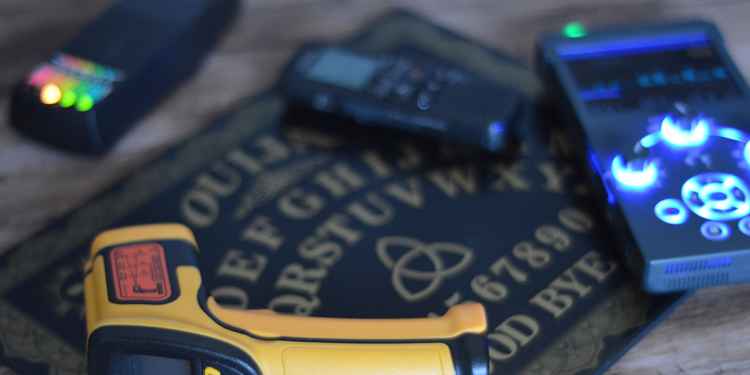
Diploma In Practical Ghost Hunting & Scientific Analysis
This course gives you practical and useful knowledge of ghost hunting and paranormal research, which is invaluable when conducting your own paranormal investigations or as part of a group event.
View Course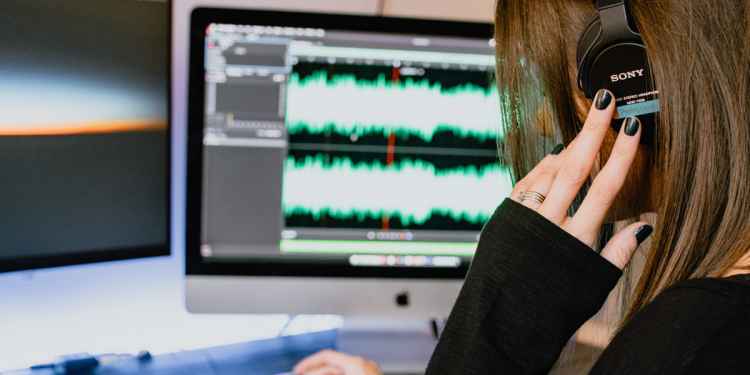
Diploma In Capturing & Analyzing Electronic Voice Phenomenon
This course gives you practical and useful knowledge of ghost hunting and paranormal research, which is invaluable when conducting your own paranormal investigations or as part of a group event.
View Course
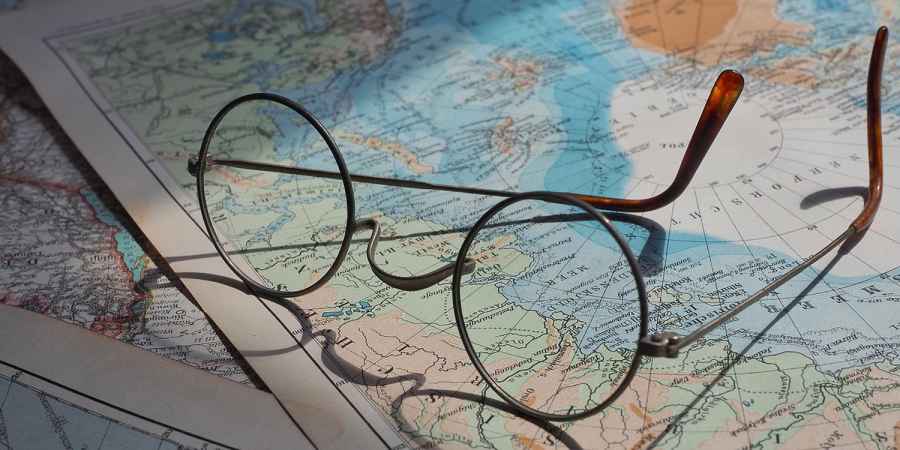

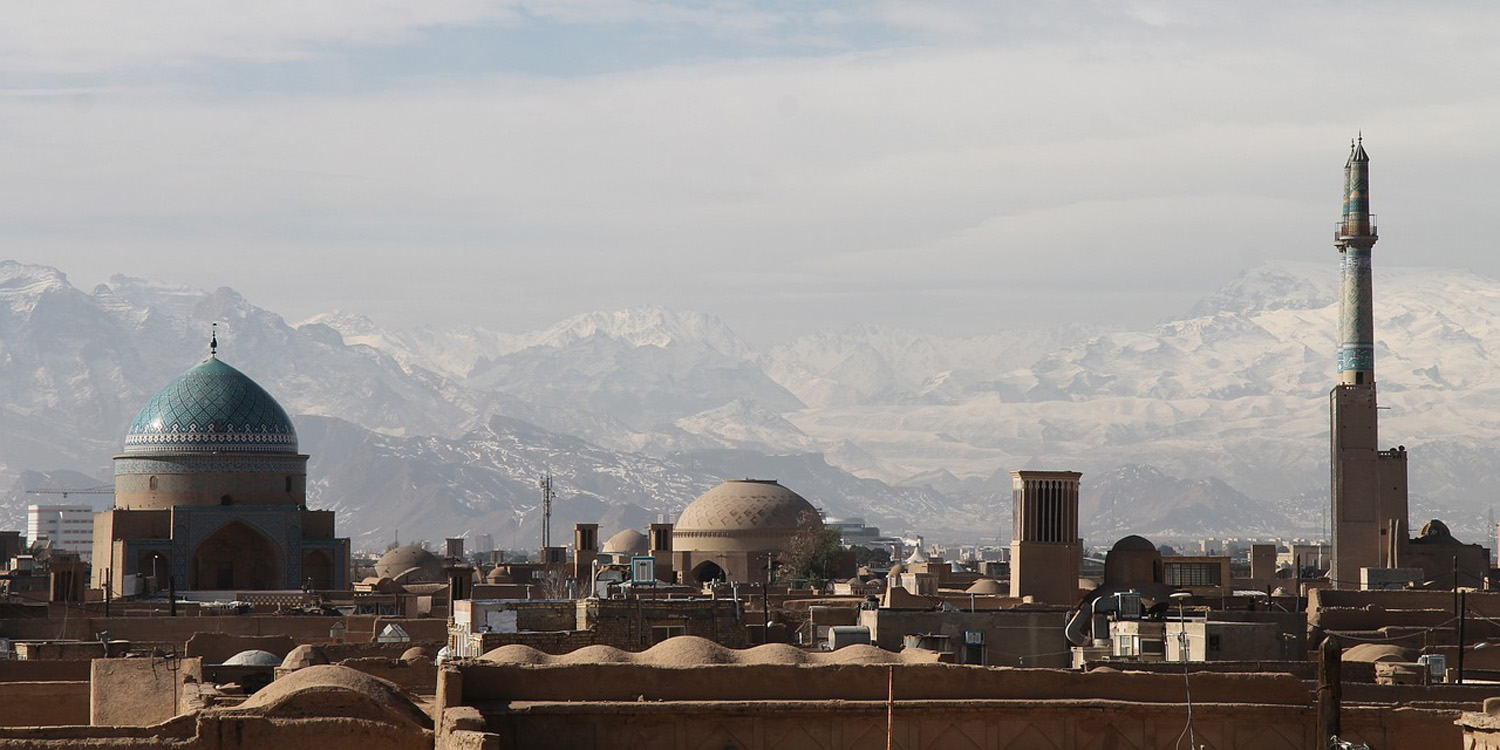
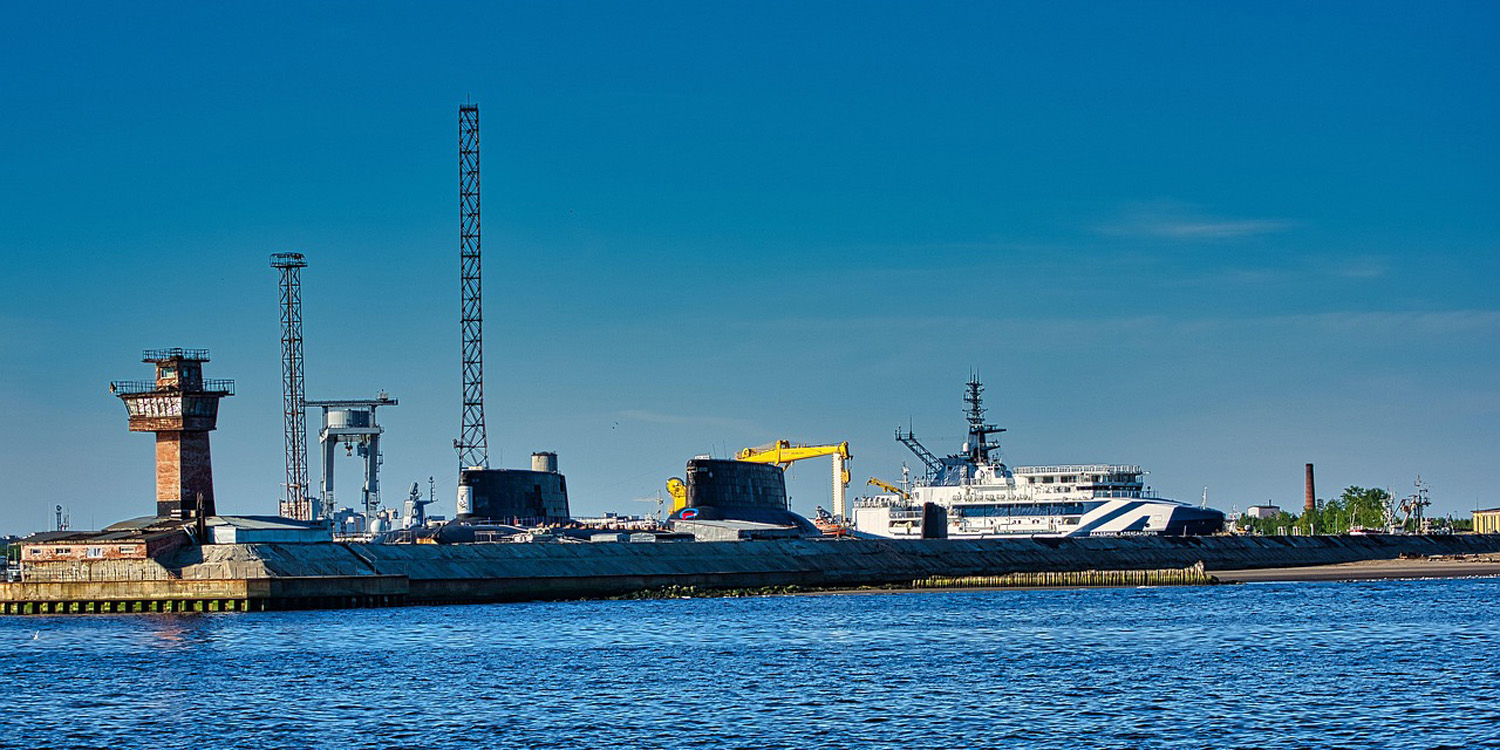
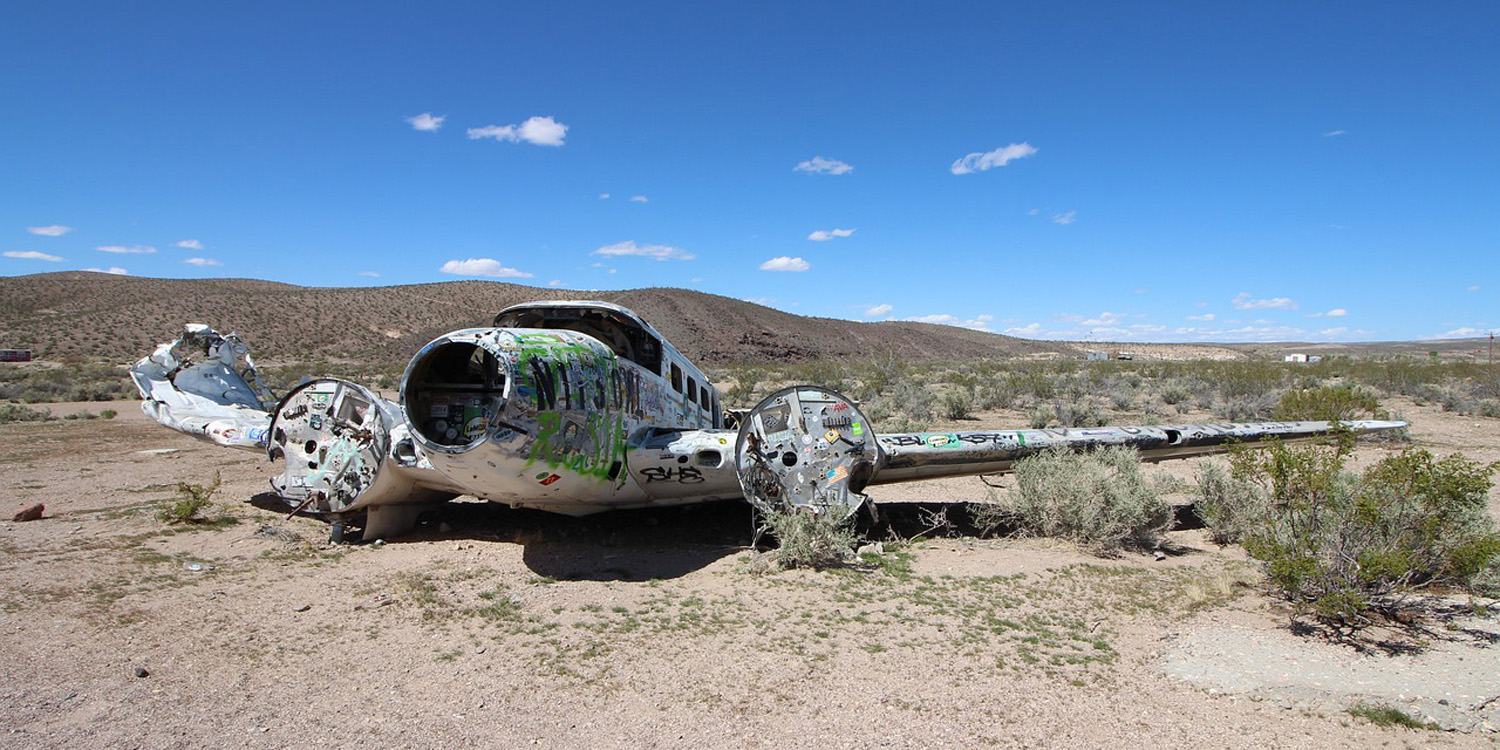
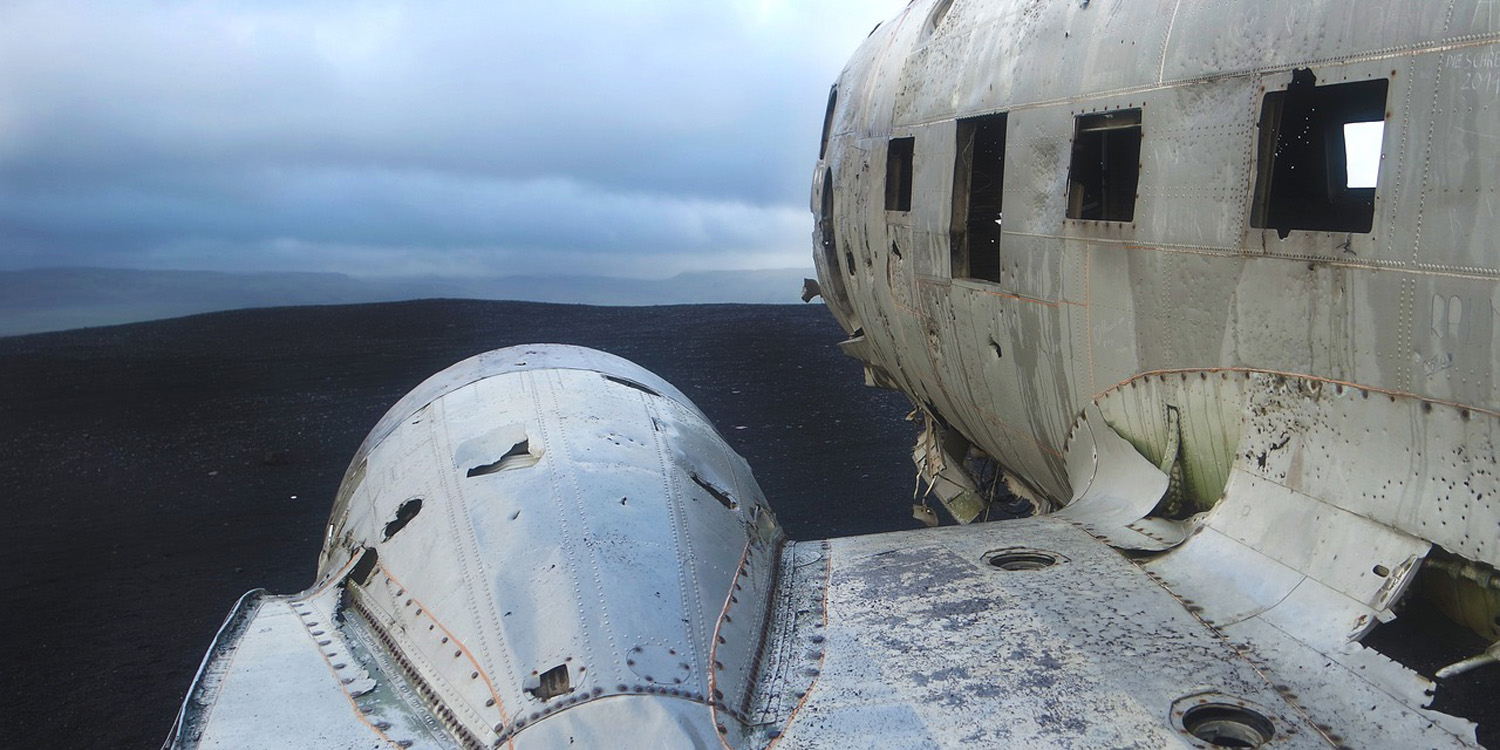



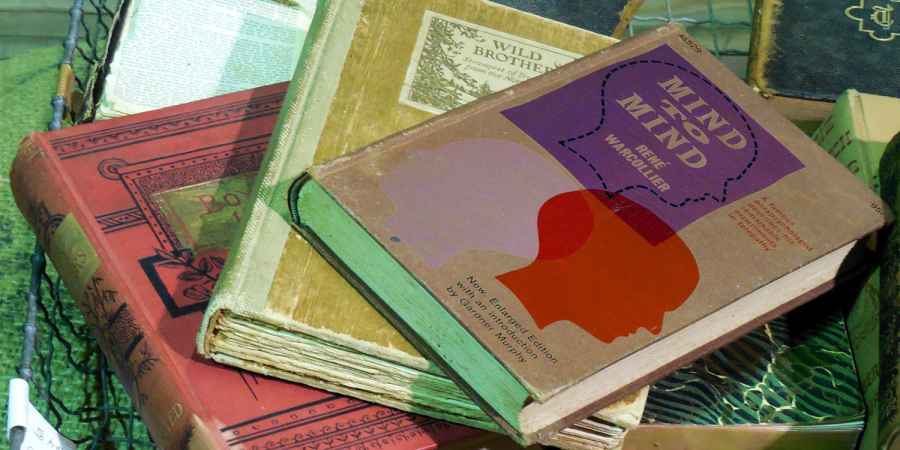
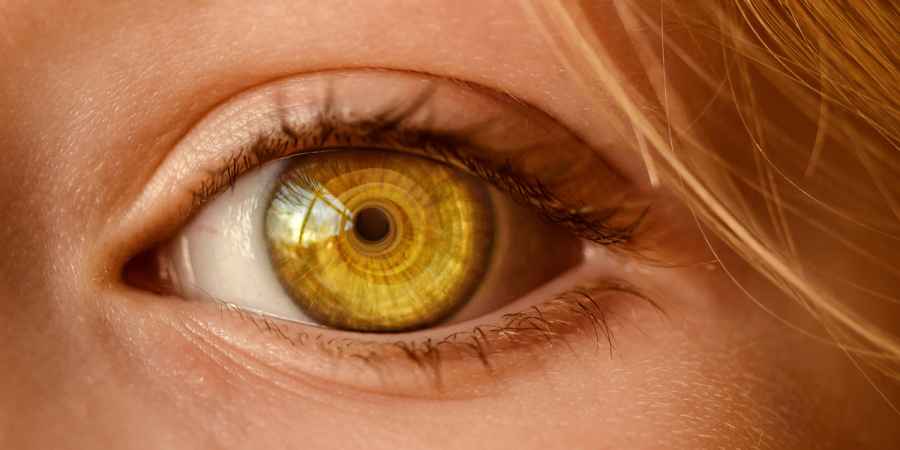

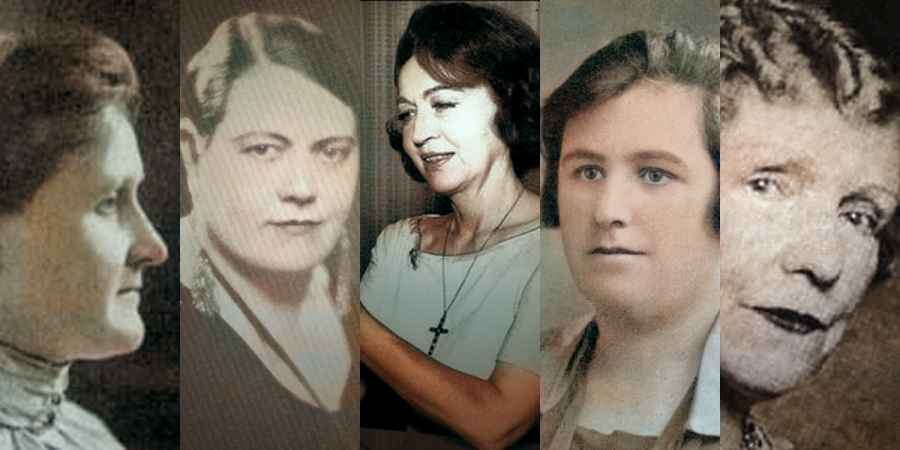
 See More on Audible
See More on Audible

Comments
Want To Join The Conversation?
Sign in or create an account to leave a comment.
Sign In
Create Account
Account Settings
Be the first to comment.